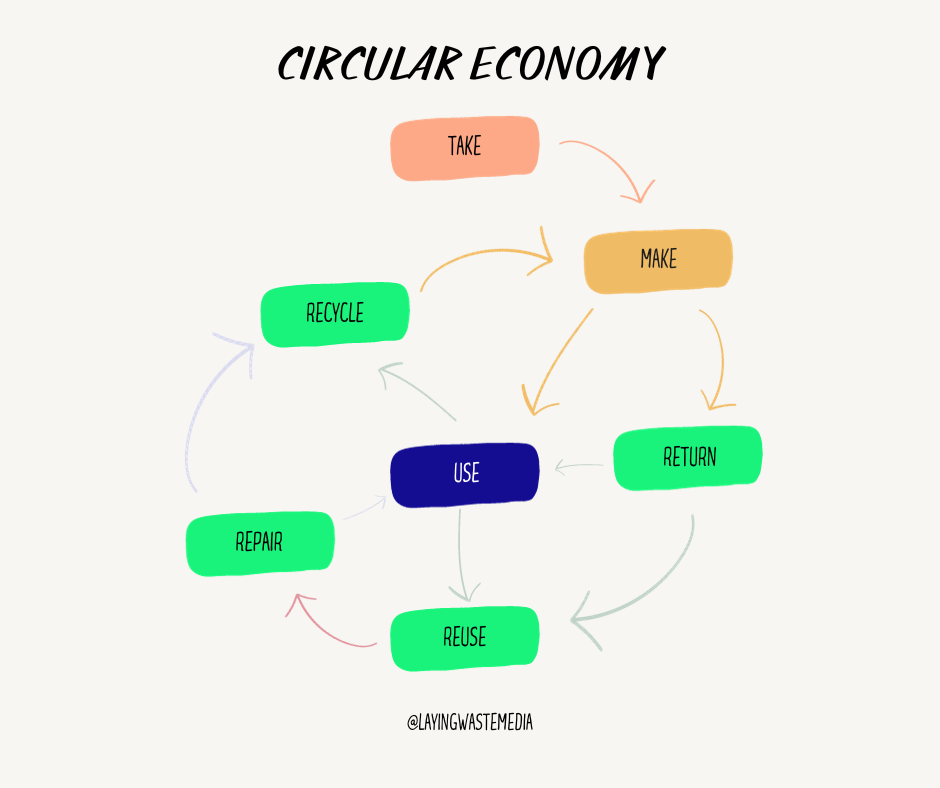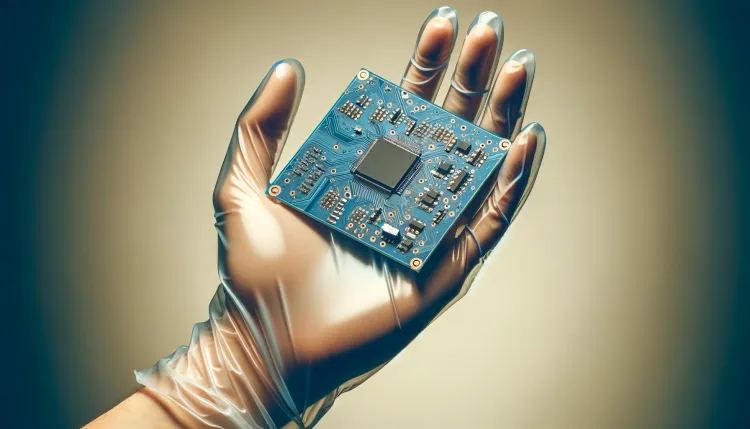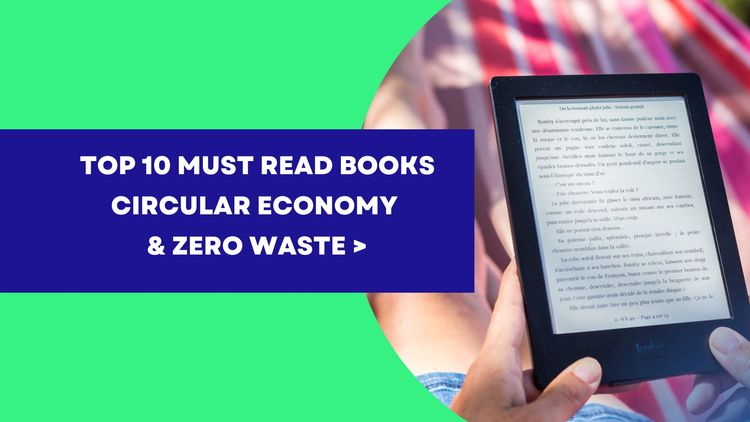Old Phones, Green Future: Why Your Old Mobile Might Just Be the Blueprint for Tomorrow’s Green Tech

The new iPhone 15 launch was as exciting as always. In a nod towards sustainability, Apple revealed their latest handset uses a standard USB-C charger, a commonly used cable to charge most laptops, headphones, Android phones and more.
This positive change is rather timely, with the EU pushing for a standard mobile charger for all devices to try and reduce the amount of new electronic waste (e-waste) created each year.
The EU has made it mandatory in 2024 that all devices use a USB-C (port) cable for various electronic devices, including mobile phones, tablets, and headphones.
So one less cable under your desk to detangle.
However, in a rush to upgrade to the latest and greatest handset, including the iPhone15, we'll likely either hoard our old mobiles due to security concerns or throw them in the bin where they will end up in landfill.
And in Australia, we love our electronics, whether it's the latest mobile, laptop or TV.
The estimated volume of e-waste per person in Australia is a staggering 22 kilos, the same as a stack of 133 iPhones!
📱📱📱📱📱📱📱📱📱📱📱📱📱📱📱📱📱
📱📱📱📱📱📱📱📱📱📱📱📱📱📱📱
📱📱📱📱📱📱📱📱📱📱📱📱📱📱
📱📱📱📱📱📱📱📱📱📱📱📱📱
📱📱📱📱📱📱📱📱📱📱📱📱
📱📱📱📱📱📱📱📱📱📱📱
📱📱📱📱📱📱📱📱📱📱
📱📱📱📱📱📱📱📱📱
📱📱📱📱📱📱📱📱
📱📱📱📱📱📱📱
📱📱📱📱📱📱
📱📱📱📱📱
📱📱📱📱
📱📱📱
📱📱
📱
....The global average is roughly 7 kilos per person.
The E-Waste Challenge
When a device like a mobile phone, TV or laptop is not disposed of properly, chemicals including arsenic, lead and mercury can leach into the soil and affect our environment and wildlife.
Before an old mobile phone reaches landfill, if it gets thrown in the bin, it's a fire hazard. The batteries used in devices are known to explode and combust into fires that are difficult to put out.
Batteries thrown into rubbish bins instead of being disposed of safely also contribute to increased recyclable materials heading to landfills.
This highlights the urgent need to abandon our traditional linear approach to consumption and waste.
The Circular Economy Approach offers a more sustainable alternative. Instead of the "take-make-waste" model, it emphasises a continuous loop where products and materials are reused, refurbished, remanufactured, and recycled.
Adopting this method not only decreases waste but also conserves resources and energy. By recycling our mobile phones, for instance, we're reclaiming valuable materials for reuse, thus reducing the environmental footprint of producing new devices.
What Is The Circular Economy Approach?
In a traditional, linear economy, products are made, used, and thrown away. This "take-make-waste" model is not sustainable in the long run, especially considering the rate at which we produce and discard electronic gadgets.

The circular economy offers a more sustainable alternative. Instead of a one-way street ending in waste, the circular model emphasises a continuous loop where products and materials are reused, refurbished, remanufactured, and recycled, ensuring that they remain in the economy for as long as possible and reducing the need for virgin/new materials.
By adopting a circular approach, we decrease waste and conserve resources and energy.
When we recycle our mobile phones, for instance, we're preventing toxic materials from harming the environment and reclaiming valuable materials to be used again.
This process can significantly reduce the environmental footprint of producing new devices.

The Anatomy of a Smartphone
♻️ You can recycle around 90% of a mobile phone handset and recover several materials that can be reused. Here are the top 5:
1. The lithium used in the batteries
2. Some valuable metals, including gold, silver, palladium, platinum and copper, can be found on a mobile phone circuit board. The metals are separated, extracted and processed to be reused again
3. Plastic from the casing
4. Glass used for the touchscreen
5, Aluminium casing/components
But we only recover a third of the total value of the materials in the e-waste we generate, which includes mobile phones. In 2019 Australians sent $430 million worth of materials to landfills along with their e-waste*
Australia's E-Waste Recycling Initiatives
Several national recycling initiatives are in place for e-waste include local community recycling centres, the National TV and Computer Recycling Scheme, and well-known free mobile phone recycling programs like Mobile Muster.
However, more action is needed. Australia's e-waste generation is projected to rise by nearly 30% by 2030, from 511,000 tonnes in 2019 to 657,000 tonnes.
In July 2023, The Department of Climate Change, Energy, the Environment and Water released the 'Wired For Change' discussion paper that proposes a regulatory approach to product stewardship for small electrical and electronic equipment (SEEE) and solar photovoltaic (PV) systems.
The scope of the scheme predominantly encompasses small electronic and electrical equipment found in homes and businesses, weighing up to 20 kg, and also includes TVs and Computers (currently covered by the National Television and Computer Recycling Scheme (NTCRS)).
This initiative zeroes in on products with historically low recovery rates and limited disposal methods.
The scheme commits to yearly e-waste recycling targets, ensuring accessibility of drop-off services, promoting product reuse, and educational drives to encourage reuse, repair, and sustainable product selection.
At a high level, some of the key objectives of the proposed scheme are to:
♻️ Reduce the amount of e-waste and hazardous materials heading to landfill
♻️ Increase the recovery of valuable materials from e-waste
♻️ Support Australia's transition to a circular economy
♻️ Provide convenient access to e-stewardship schemes
♻️ Encourage a shared responsibility across a product's lifecycle
By 2024, e-waste is set to be banned from landfills by states including Western Australia, and it's expected around half of the Australian population will be living in regions enforcing this prohibition. E-waste in Victoria is already banned from landfills.
Repurposing and Reusing Materials
But we're only scratching the surface when tapping into the potential of e-waste. Apart from recycling, here's where Urban Mining comes into play. Instead of extracting valuable metals from the earth's crust, we can 'mine' our old gadgets.
Our discarded electronics, including smartphones, contain precious metals that can be reused.
By embracing urban mining, we can source materials in an environmentally friendly manner to increase sustainability.
🪛 Urban Mining Explained
"Urban mining" might sound like a futuristic concept, but it's an emerging technology that's gaining traction worldwide.
It refers to the extraction of valuable metals and minerals from products, buildings, and electronic waste. Think of it as "mining" our built environment instead of the natural environment.
With the increasing scarcity of certain metals and the environmental costs associated with traditional mining, urban mining offers a more sustainable solution.
🪛 Towards a Future of Sustainable Tech Design
As we explore the potential of urban mining, we must also recognise the significance of innovative design and manufacturing choices in the tech world.
Urban mining can provide us with valuable materials, but sustainable product design ensures those materials are used, reused, and eventually recycled in the most optimal manner.
This marriage of secondary resource extraction and thoughtful design is where true sustainability lies.
If "Urban Mining" is about extracting the past's resources, then product stewardship and conscious design are about shaping the future.
It's about envisioning a world where our devices not only serve our immediate needs but also consider the long-term health of our planet.
💡 The Fairphone Approach
An ingenious example of sustainable tech development from the mobile phone industry is the Fairphone.
Launched in Europe with a vision of creating ethical and sustainable smartphones, Fairphone takes pride in its design which promotes longevity, repairability, and ethical sourcing of materials throughout its supply chain.
It’s built with more than 70% fair or recycled materials, further endorsing the idea that modern technology can become more sustainable.
As we reflect upon our technological journey, it's evident that innovation brings with it immense possibilities and equally significant responsibilities.
Every new device, while a marvel of engineering, also poses environmental challenges. But, with pioneers like Fairphone leading the way, there's hope. The duality of technology's potential is clear– while it can strain our planet's resources, it also holds the power to remedy those challenges.
Sources:
Apple iPhone15 Media Release - 13 September 2023
E stewardship In Australia - ewaste
Wired For Change Consultation Paper - DCCEEW



